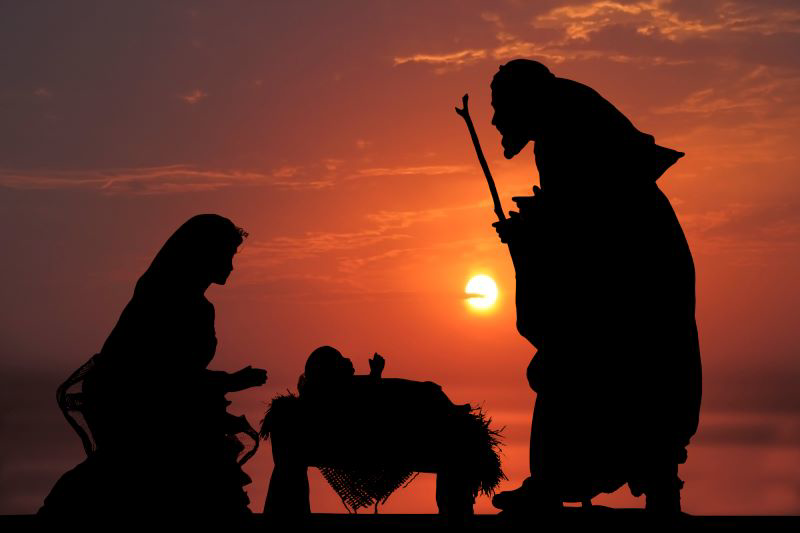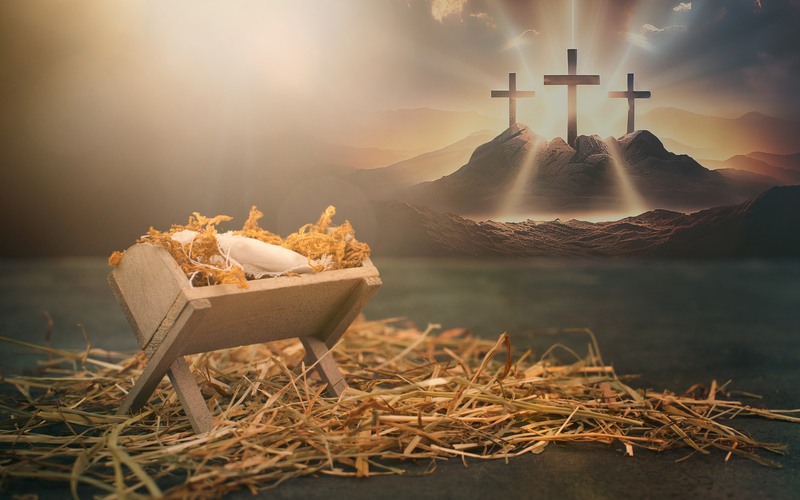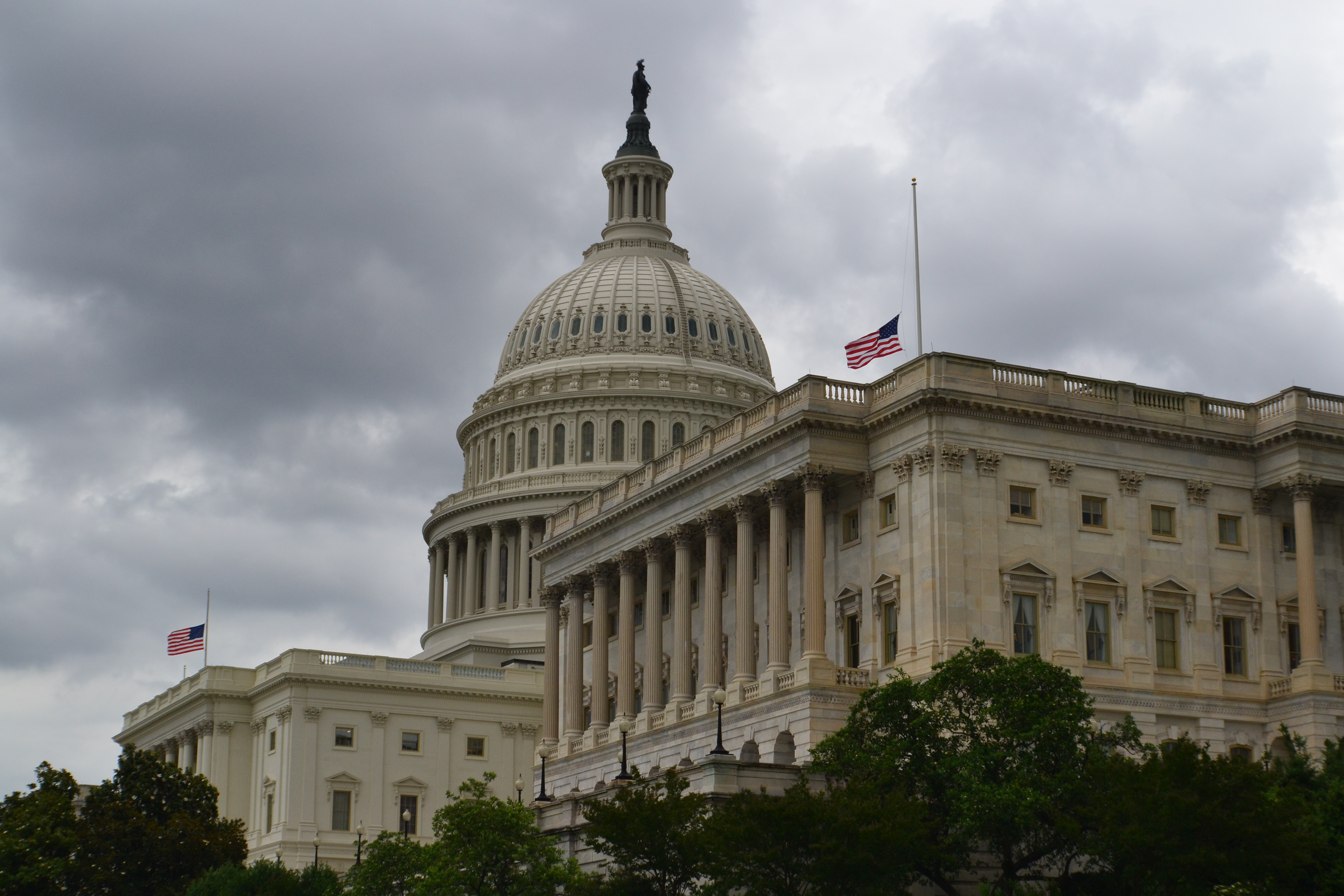Can You Exercise Your Faith at School?
Sign up for a six month free
trial of The Stand Magazine!
Students, teachers and coaches have been making the news recently for practicing their faith in public schools. This has begged the question as to what exactly our rights are in the school setting. Many today are getting the idea that nothing religious can occur on school property. This is not necessarily true. Many laws and court rulings provide First Amendment protection to students and teachers.
The Alliance Defending Freedom has put together an in-depth resource that informs students and teachers of their First Amendment protections relating to activities that take place on school grounds. I am going to highlight some of the most important protections but I would encourage you to view the resource yourself for a more thorough understanding.
Students’ Rights
Regarding religious expression students can:
- Express their religious beliefs in classroom discussions, homework, projects, artwork, and all other school assignments as long as it is relevant and meets the requirements of the assignment.
Regarding prayer in school students can:
- Pray on their own or in groups during non-instructional time at school as long as it does not significantly disrupt the activity of the school.
- Engage in student-initiated, student-led prayer before or after practices, sporting events, or other school functions as long as such prayers are voluntary and not required by coaches or other school officials.
Regarding literature distribution students can:
- Distribute religious literature before and after school, in between classes, and during lunch and recess unless the distribution substantially interferes with the activity of the school.
- Post religious flyers on the walls or in other designated locations if students have the right to post other, non-religious content in the same locations.
Teachers’ Rights
Teachers are allowed to engage in religious activities outside of non-instructional time. For example, teachers can:
- Form after school Bible Study groups.
- Participate in prayer groups with other adults.
- Distribute literature to other adults for non-curricular activities on the same terms as all other events and activities.
Teachers are allowed to provide instruction related to religion as part of the curriculum. For example, teachers can:
- Use religious information in an objective manner.
- Teach the Bible for its historical, cultural, or literary value.
Teachers are allowed to have some involvement in religious clubs. For example, teachers can:
- Allow students and athletes to lead prayer but can't lead it themselves.
- Exchange religious ideas or even have prayer meetings with one another, provided students are not present.
- Act as a faculty sponsor, if all activities are led by students and the teacher or coach is only there to supervise.
It is important that students and teachers be aware of what they are allowed to and prohibited from doing regarding practicing their faith in public school. While religious freedom is being attacked on many fronts, Christians still have many freedoms in America that Christians in other countries don’t have.
Feel free to share this resource with your friends and family. Public schools are a mission field just as anywhere else and it is vital that Christians in public schools be salt and light to a dark world.
Note: The information in italics was used from the Alliance Defending Freedom website. Minor formatting is edited in order to be reader friendly.

Sign up for a free six-month trial of
The Stand Magazine!
Sign up for free to receive notable blogs delivered to your email weekly.



















